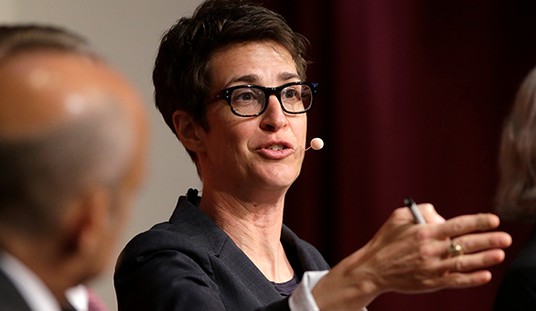The Charlie Foxtrot blog looks at one possible upcoming charlie foxtrot–“The Coming Obama Bubble.”
Meanwhile, James Pethokoukis explains “Why Obama is Causing a Liberal Freakout.”
Finally, James Piereson notes that those on the left who are calling for a New New Deal are focusing on the half of the New Deal that largely failed, while ignoring, and in some cases condemning, the early portions that more or less worked:
Some of the most constructive and long-lasting features of the New Deal are those that today’s would-be reformers ignore when calculating its achievements–most particularly, the broad financial reforms that FDR engineered during his first 100 days. FDR moved quickly in 1933 to address the failures in the financial system that were obvious sources of the continuing deflation and downward spiral in the economy, immediately declaring a bank “holiday” (to stop bank panics) and removing the United States from the gold standard to free the Federal Reserve from its deflationary restrictions. In short order, Congress approved a series of reforms that created a system of deposit insurance, brought more banks under the supervision of the Treasury and the Federal Reserve, established standards of transparency in the public sale of securities, and built the wall of separation between commercial and investment banks (in part to curtail the speculation with bank deposits that many saw as a cause of bank failures). In combination, these measures stopped the slide and reestablished the banking system on stronger and more stable foundations. Most continue to function today as pillars of the financial system (save for the split between commercial and investment banks which was repealed in 1999) and, indeed, they have been called into action recently to deal with the current financial crisis.
At the same time, many of the New Deal measures most favored by reformers today were either unhelpful or counter-productive in addressing the economic crisis. FDR’s farm programs, designed to raise prices by cutting agricultural production, may have helped some farmers, but they did not promote farm exports nor did they help consumers with tight family budgets. In a misguided effort to raise prices, New Deal functionaries destroyed meat and produce and took cropland out of production even as hungry Americans stood in bread lines. The National Industrial Recovery Act (NIRA), designed to bring unions and corporations together to set prices, production levels, and working conditions, proved to be a bureaucratic tangle as businessmen tried to use it to guarantee profits, unions to drive up wages, and government officials to expand public power. Through its complex codes, NIRA succeeded not only in raising prices–a dubious achievement–but also in sowing confusion throughout the economy as to what business practices were and were not permitted. It was soon declared unconstitutional by the Supreme Court and never revived.
The pillars of the so-called Second New Deal (the Social Security Act, the National Labor Relations Act, and the Revenue Act of 1935) added new burdens to business in the form of payroll taxes, higher corporate taxes, and collective bargaining for labor unions. Whatever their long-term benefits, these measures did not improve the climate for investment and job creation in the 1930s. The NLRA, predictably, led to greater union organization and to a spike in industrial strikes. The passage of these measures was accompanied by a good deal of anti-business rhetoric, which was not helpful either. Indeed, the Revenue Act, because it raised the highest marginal tax rate to 78 percent, was sometimes called the “soak the rich tax.” When a severe recession followed in 1937 and 1938 that sent the unemployment rate from 14 percent to 19 percent, FDR attributed the crisis to a “capital strike” engineered by business leaders exercising “monopoly power.” Such demagoguery may have succeeded as a political strategy in deflecting blame from the administration to the business community, but it failed miserably as an approach to economic growth, as Amity Shlaes argued in The Forgotten Man, her fine history of the Depression era. Unemployment remained high throughout Roosevelt’s second term, never going below 14 percent until 1941 when the nation began to mobilize for war.
Definitely RTWT.™










Join the conversation as a VIP Member